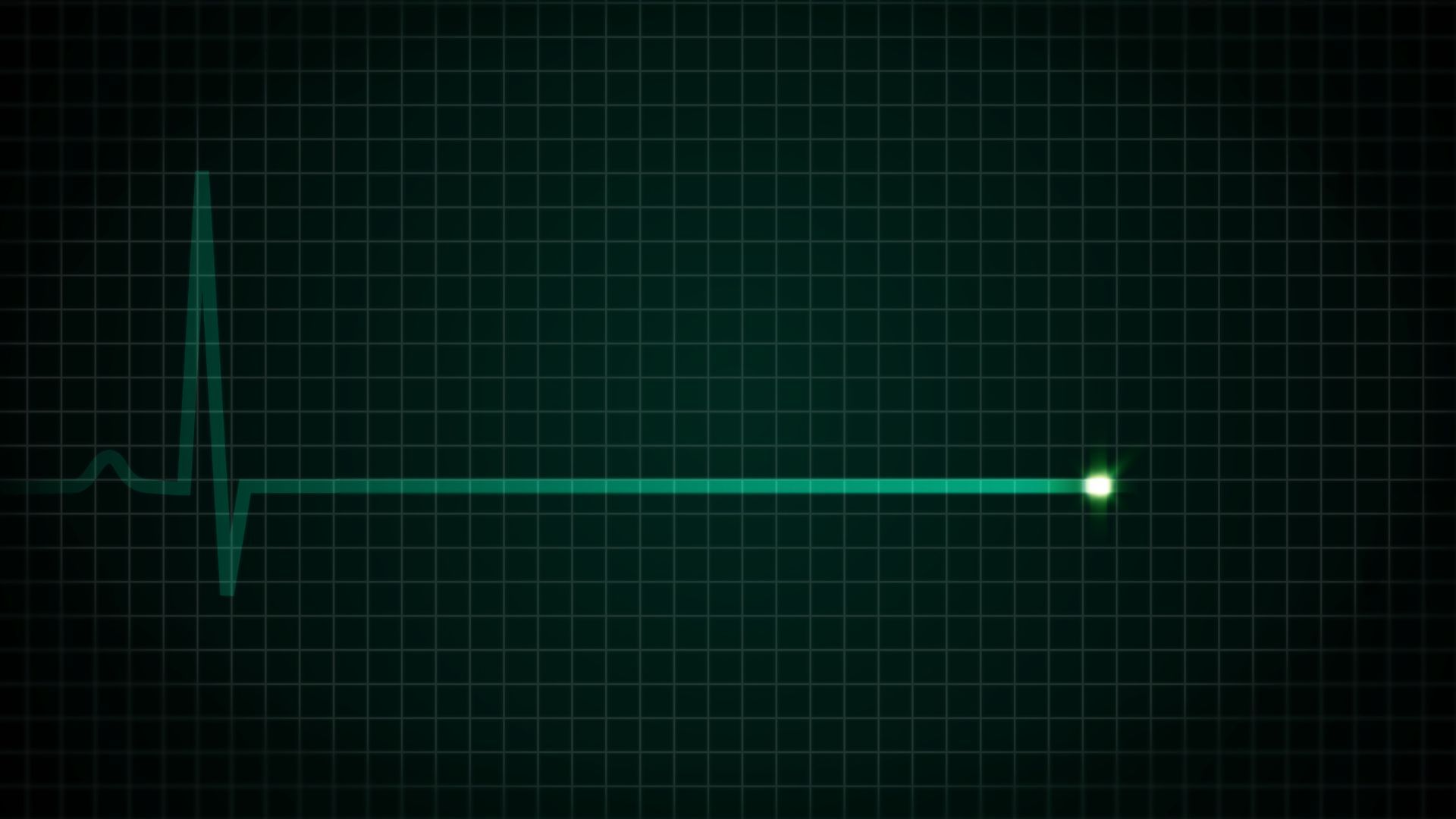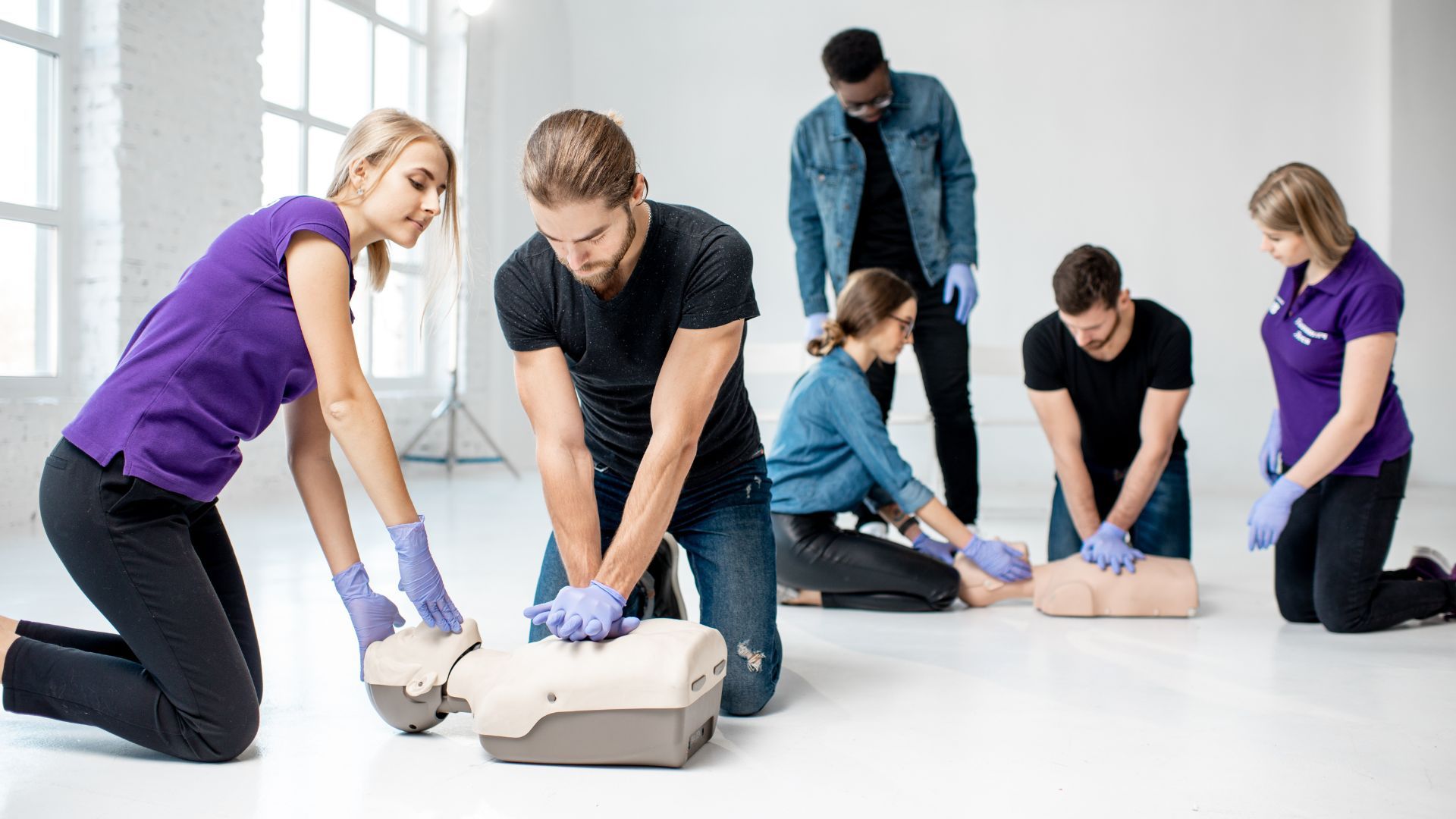What is Circulation
Circulation Pronunciation: ˌsər-kə-ˈlā-shən
Definition: Circulation refers to the continuous movement of blood throughout the body, driven by the pumping action of the heart. This process ensures that oxygen, nutrients, and other essential substances are delivered to cells and tissues, while waste products are removed and transported to the appropriate organs for elimination.
Frequently Asked Questions About Circulation
Why is circulation important during CPR?
Circulation is crucial during CPR (Cardiopulmonary Resuscitation) because:
- It maintains the supply of oxygen and nutrients to vital organs, especially the brain, which can be damaged quickly without adequate blood flow.
- It helps prevent organ failure and tissue death, increasing the chances of a successful resuscitation and recovery.
- It supports the overall goal of CPR, which is to preserve brain function and vital organs until advanced medical care can be provided.
How does CPR help maintain circulation?
CPR helps maintain circulation by manually compressing the chest, which pushes blood through the heart and into the rest of the body. When combined with rescue breaths, CPR ensures that blood is oxygenated and circulated to vital organs, helping to sustain life in the absence of normal heart function.
What factors can affect circulation during CPR?
Factors that can affect circulation during CPR include:
- Quality of chest compressions: Shallow or irregular compressions can result in inadequate blood circulation. Aim for consistent compressions with the appropriate depth and rate for the person’s age.
- Interruptions in CPR: Minimizing interruptions in chest compressions is essential for maintaining effective circulation. The longer compressions are paused, the more blood flow is compromised.
- Underlying medical conditions: Some medical conditions can affect circulation during CPR, such as severe blood loss, obstructive shock, or certain heart conditions.
Proper CPR training and practice are essential to ensure effective circulation during a cardiac arrest situation.
More Articles





